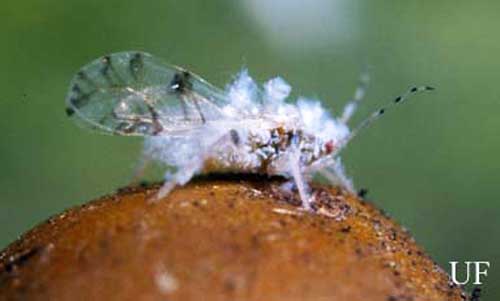We are thrilled to announce that one of our esteemed team members, Clayton, has successfully passed the ISA Certified Arborist exam, a prestigious credential in the tree care industry. This achievement highlights his dedication to his profession and strengthens our commitment to providing the highest standard of arboricultural services.
A Commitment to Professional Growth
The ISA Certified Arborist credential is recognized worldwide as a mark of proficiency in the art and science of tree care. Administered by the International Society of Arboriculture, this certification requires individuals to demonstrate a high level of knowledge and competence in dealing with all aspects of tree care, from diagnosis and treatment to the maintenance and preservation of woody plantings.
Clayton's journey to becoming a Certified Arborist involved rigorous studying and a comprehensive examination covering a wide range of topics relevant to tree care, including biology, tree identification, planting, pruning, soil management, and pest management. His success is a testament to his hard work, passion for the environment, and unyielding dedication to his craft.
Meet Clayton
Clayton has been a key part of our team at The Master's Lawn Care, where he has applied his skills and knowledge to help our clients maintain beautiful, healthy landscapes. His expertise enhances the aesthetic value of properties and ensures ecological sustainability in the environments we help cultivate.
Related: 3 Ways to Create Privacy in Your Landscape Using Trees, Shrubs and Vines
What This Means for Our Clients
Clayton's achievement brings additional expertise to our team, enabling us to offer even more in-depth and specialized care for trees and shrubs. Whether you are looking for advice on tree preservation, need detailed assessments of tree health, or require practical solutions for tree management, Clayton, now a certified ISA Arborist, is here to assist with all your arboricultural needs.
Join Us in Congratulating Clayton
We invite you to join us in congratulating Clayton on this significant professional milestone. His dedication to excellence and commitment to continuous learning inspire all of us at The Master's Lawn Care.
Clayton’s professional growth ensures enhanced service for our clients and contributes to the overall health and beauty of our community’s green spaces. We look forward to Clayton's continued contributions and are excited to see how his new skills further enrich our team's capabilities.















